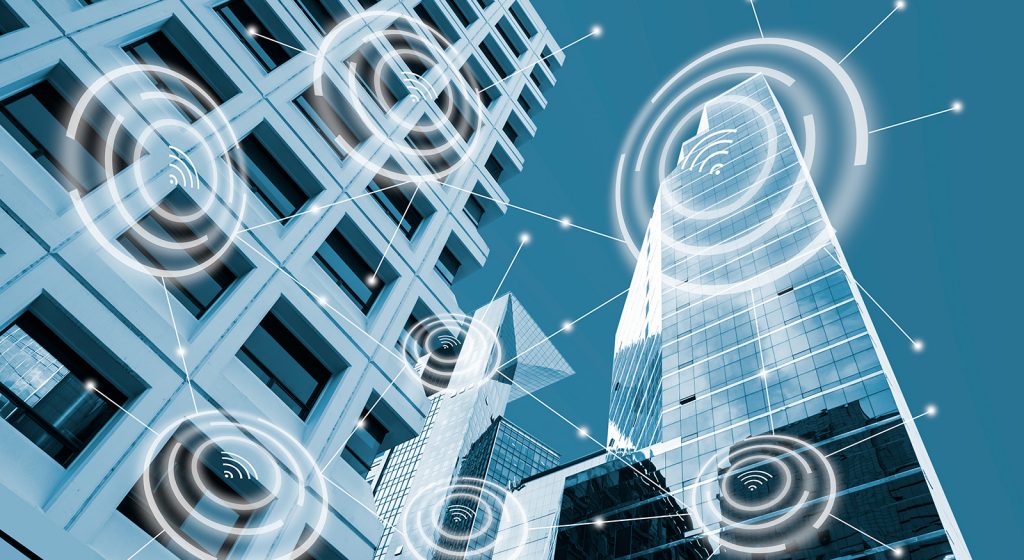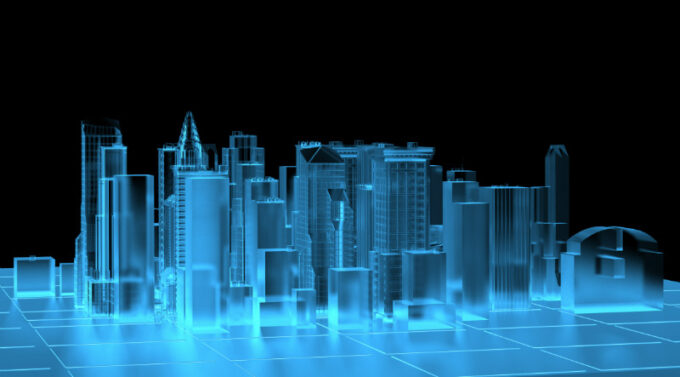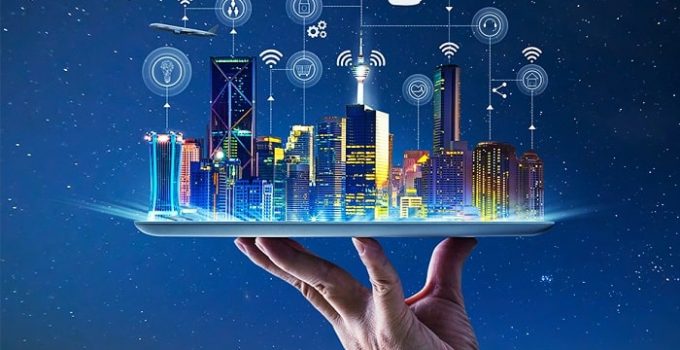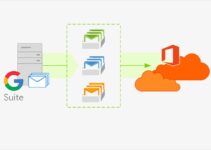Smartwatch, smartphone, smart air-conditioning, and now even smart buildings? Technological advancement has been on the rise for quite some time now, and this ever-rising trend guarantees us that things are not going to change any time soon. Fortunately, not all novelties are about consumerism and can actually improve the way we live and work a lot. Yes, we mean about smart buildings, and while numerous entities already enjoy the futuristic setting, others are not even aware that something like this already exists.
Thus, read the following lines and try to find out what smart buildings are and how you can benefit from them.
In a nutshell, the prefix “smart” stands by numerous contemporary technological items and attributes them to certain features that facilitate the lifestyle we lead. The same goes for smart buildings since not only that they raise the standard of operation, in the true sense of the word, but they also support the current agenda on fighting against pollution effectively. While certain smart buildings sprout from the ground up, it is even possible to enhance a regular facility and transform it into the smart one.
Data Gathering

Source: forescout.com
Smart buildings would not be able to function as they do if they were not capable of obtaining and processing the data related to the building itself. Surely, the basic principles of functioning might be shared by different buildings, but the further process is unique for every smart building due to its internal organization. Therefore, the procedures would not be the same for a smart residential building and a smart factory, therefore, the following amends and actions that arise from data gathered would also differ.
Optimizing Resource Usage

Source: iotworldtoday.com
Every facility in the world intended for either human or animal usage spends a certain amount of various resources, and in most cases, a serious quantity of goods spent in those facilities goes to waste, due to either ignorance or lack of means to utilize them completely. Because everything is monitored and under control, smart buildings provide the resources to be distributed and spent to the extent they are needed. For example, adjusting the water pressure to fit different needs at a particular facility would be one of the ways to show how to lower the expense. Reusing the greywater furthermore is another.
Cost Reduction

Source: unsplash.co
When you, actually, your smart building starts monitoring the activities typical for the facility and make necessary adjustments, it is reasonable that you start paying lower costs. In order not to be misunderstood, we need to highlight that the features a smart building provides to its users affect much more than water deployment and overall consumption. Absolutely every segment related to consumption or utilization of any kind can be controlled and improved, therefore, monthly costs related to the building itself would be noticeably lesser than they used to be before the implementation of the smart system. Thus, learn more about how a smart house can keep control of the air quality and the number of people present in a room at the same time, while it detects if there are any leakages present in the warehouse and checks if the bathrooms are clean simultaneously.
Immediate Action

Source: infineon.com
People who are not aware of smart buildings do things the old-fashioned way. Namely, if there is a malfunction of any kind, they would not find out about it until they try to use an appliance and that costs both money and time, since the more you are out of a particular device, the more money you might spend if the particular device produces something essential for your business. When we talk about smart buildings, this type of situation falls out of the question, simply because even the gadgets are monitored and connected to the system. That way, the reaction to any potential breakdown happens as soon as it occurs, so the repair or substitution of faulty part can be arranged immediately.
Increasing Productiveness

Source: energy-utilities.com
One of the amazing features smart buildings have is the ability to make the experience of people sojourning inside it as pleasant as possible. What is particularly important to mention is how the system monitors the number of people present in certain areas at all times and is capable of adjusting both the temperature and oxygen levels to fit ideally to the type of endeavor they are committed to. If programmed, even a particular type of music can be played to raise morale and keep the employee’s spirit high. Apart from keeping an eye on working conditions, a smart building would make sure that production standards are met and required procedures are followed. What also the number of people inside the facility affects is the availability of certain premises and resources, in order not to spend sufficient energy.
Building that Powers Itself

Source: electricalcontractingnews.com
In combination with green buildings, smart buildings can achieve even more. The combination of these two types of facilities proves to be one of the potential solutions for the future without as much pollution as we are all, sadly, accustomed to. Namely, if a building would have its power source, with the smart use of resources, it could become independent from electrical distribution. This type of endeavor is not only amazing because of enormous savings, but also because the building would not be affected by potential power cuts, even if it is dependent on a major power source. The same approach is feasible with water consumption, but it would imply that the building has its water source.
Hopefully, the aforementioned features of smart buildings have interested you in how technology can make both your life and your business much easier with the same approach. The possibilities offered by smart buildings are far from final, moreover, they continue to evolve as computer science makes progress. More and more people would likely start implementing the technology in their own places once they put everything on paper. Even though the investment into this type of venture might seem like a bit too much at first glance, the truth is that it could pay off many times over much sooner than the initial thought might be.







